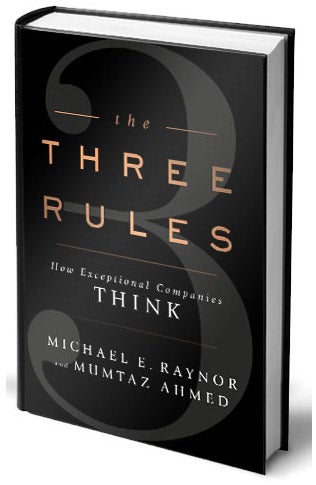When you get down to the actual elements of commerce and commercial transactions, things get slightly more complicated because you have to deal with the details. However, these details boil down to a finite number of steps. The following list highlights all of the elements of a typical commerce activity. In this case, the activity is the sale of some product by a retailer to a customer:
- If you would like to sell something to a customer, at the very core of the matter is the something itself. You must have a product or service to offer. The product can be anything from ball bearings to back rubs. You may get your products directly from a producer, or you might go through a distributor to get them, or you may produce the products yourself.
- You must also have a place from which to sell your products. Place can sometimes be very ephemeral -- for example a phone number might be the place. If you are a customer in need of a massage, if you call "Judy's Massages, Inc." on the telephone to order a massage, and if Judy shows up at your office to give you a massage, then the phone number is the place where you purchased this service. For most physical products we tend to think of the place as a store or shop of some sort. But if you think about it a bit more you realize that the place for any traditional mail order company is the combination of an ad or a catalog and a phone number or a mail box.
- You need to figure out a way to get people to come to your place. This process is known as marketing. If no one knows that your place exists, you will never sell anything. Locating your place in a busy shopping center is one way to get traffic. Sending out a mail order catalog is another. There is also advertising, word of mouth and even the guy in a chicken suit who stands by the road waving at passing cars.
- You need a way to accept orders. At Wal-Mart this is handled by the check out line. In a mail order company the orders come in by mail or phone and are processed by employees of the company.
- You also need a way to accept money. If you are at Wal-Mart you know that you can use cash, check or credit cards to pay for products. Business-to-business transactions often use purchase orders. Many businesses do not require you to pay for the product or service at the time of delivery, and some products and services are delivered continuously (water, power, phone and pagers are like this). That gets into the whole area of billing and collections.
- You need a way to deliver the product or service, often known as fulfillment. At a store like Wal-mart fulfillment is automatic. The customer picks up the item of desire, pays for it and walks out the door. In mail-order businesses the item is packaged and mailed. Large items must be loaded onto trucks or trains and shipped.
- Sometimes customers do not like what they buy, so you need a way to accept returns. You may or may not charge certain fees for returns, and you may or may not require the customer to get authorization before returning anything.
- Sometimes a product breaks, so you need a way to honor warranty claims. For retailers this part of the transaction is often handled by the producer.
- Many products today are so complicated that they require customer service and technical supportdepartments to help customers use them. Computers are a good example of this sort of product. On-going products like cell phone service may also require on-going customer service because customers want to change the service they receive over time. Traditional items (for example, a head of lettuce), generally require less support that modern electronic items.
You find all of these elements in any traditional mail order company. Whether the company is selling books, consumer products, information in the form of reports and papers, or services, all of these elements come into play.
In an e-commerce sales channel you find all of these elements as well, but they change slightly. You must have the following elements to conduct e-commerce:
- A product
- A place to sell the product - in e-commerce, a Web site displays the products in some way and acts as the place
- A way to get people to come to your Web site
- A way to accept orders - normally an on-line form of some sort
- A way to accept money - normally a merchant account handling credit card payments. This piece requires a secure ordering page and a connection to a bank. Or you may use more traditional billing techniques either online or through the mail.
- A fulfillment facility to ship products to customers (often outsource-able). In the case of software and information, however, fulfillment can occur over the Web through a file download mechanism.
- A way to accept returns
- A way to handle warranty claims if necessary
- A way to provide customer service (often through email, on-line forms, on-line knowledge bases and FAQs, et cetera)
In addition, there is often a strong desire to integrate other business functions or practices into the e-commerce offering. An extremely simple example -- you might want to be able to show the customer the exact status of an order.



